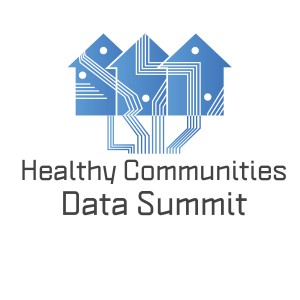Mark Smith, MD, MBA, was the founding CEO of the California HealthCare Foundation; he served in that role for 17 years before stepping down last year. I’ve known Mark since we were residents together at UCSF in the mid-1980s, and both of us were influenced by training at the epicenter of the AIDS epidemic. Mark continues to see AIDS patients at San Francisco General Hospital one day each week. He was the lead author of Best Care at Lower Cost, a major Institute of Medicine report, published in 2012. Mark is one of those rare people who can take complex and politically charged concepts and distill them into sensible nuggets – while managing to be hilarious and profound at the same time.
In the continuing series of interviews I conducted for my upcoming book, The Digital Doctor: Hope, Hype, and Harm at the Dawn of Medicine’s Computer Age, here are excerpts of my interview with Mark Smith, conducted on July 24, 2014.
Bob Wachter: Put yourself back about 10 or 15 years ago when you were thinking about the promise of healthcare IT. As you’ve watched the last 15 years play out, what’s been surprising to you?
Mark Smith: As with most of life, it’s a lot harder in fact than in theory. My first hint of this came with the implementation of computerized order entry at Cedars-Sinai in 2002. [In a story I tell in the book, Cedars’ physicians all but threatened to go on strike after they turned on the clunky system. Within a month, they pulled the plug on the system, a hiccup that cost the organization $34 million in 2002 dollars.] That was my first window into the gap between what sounds lovely in a policy paper, and what it means in practice to implement this stuff.Continue reading…


 I am excited to announce that the
I am excited to announce that the 









